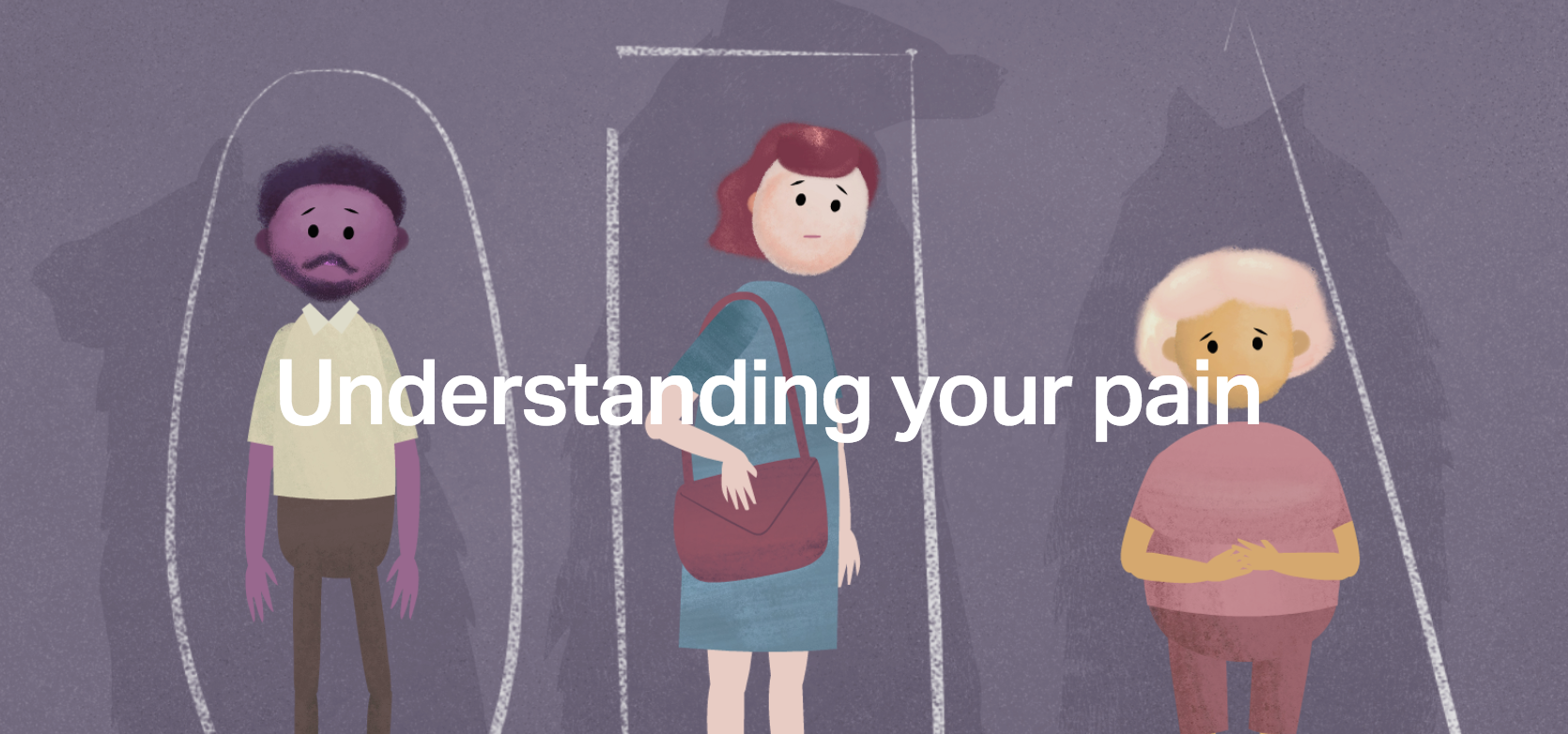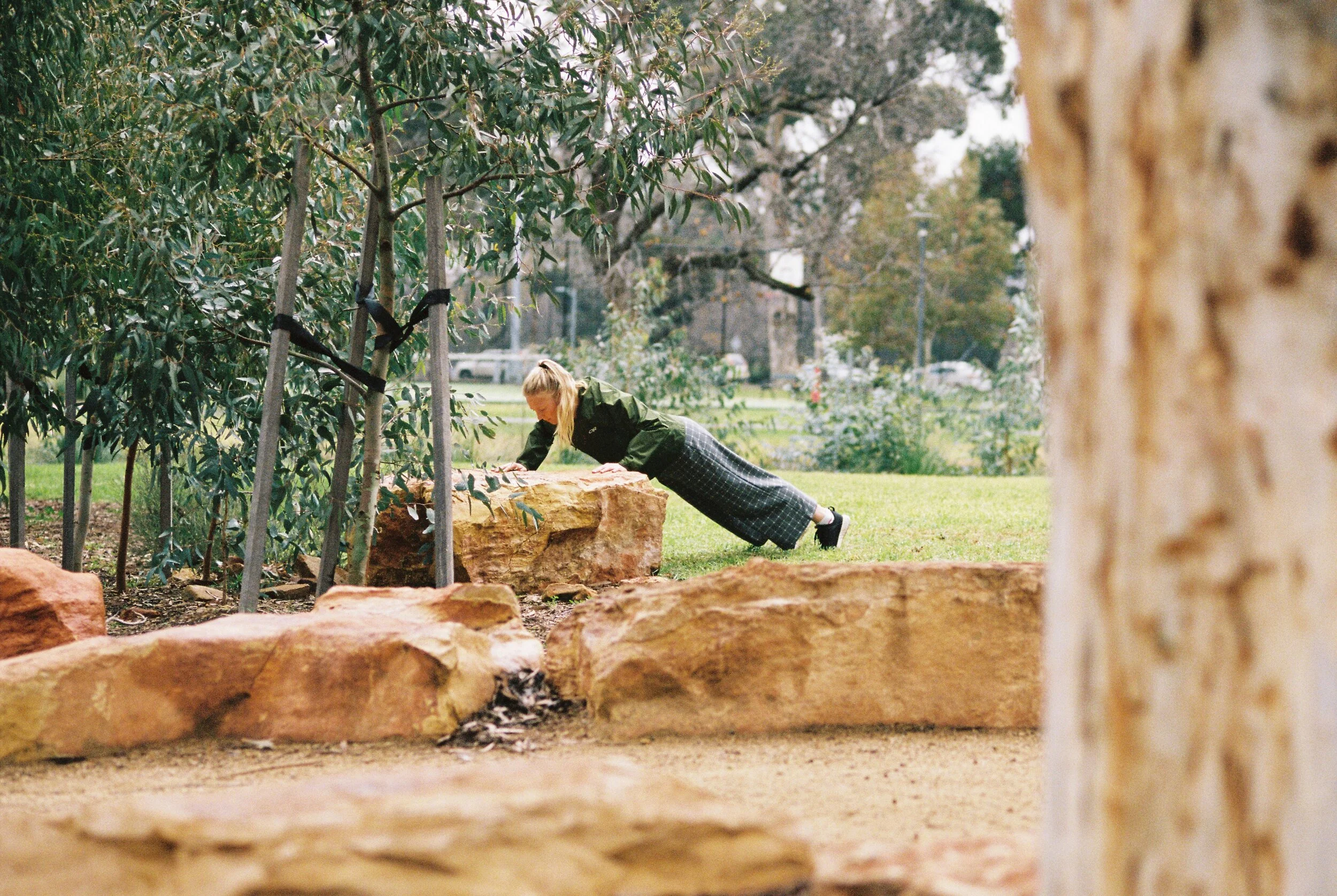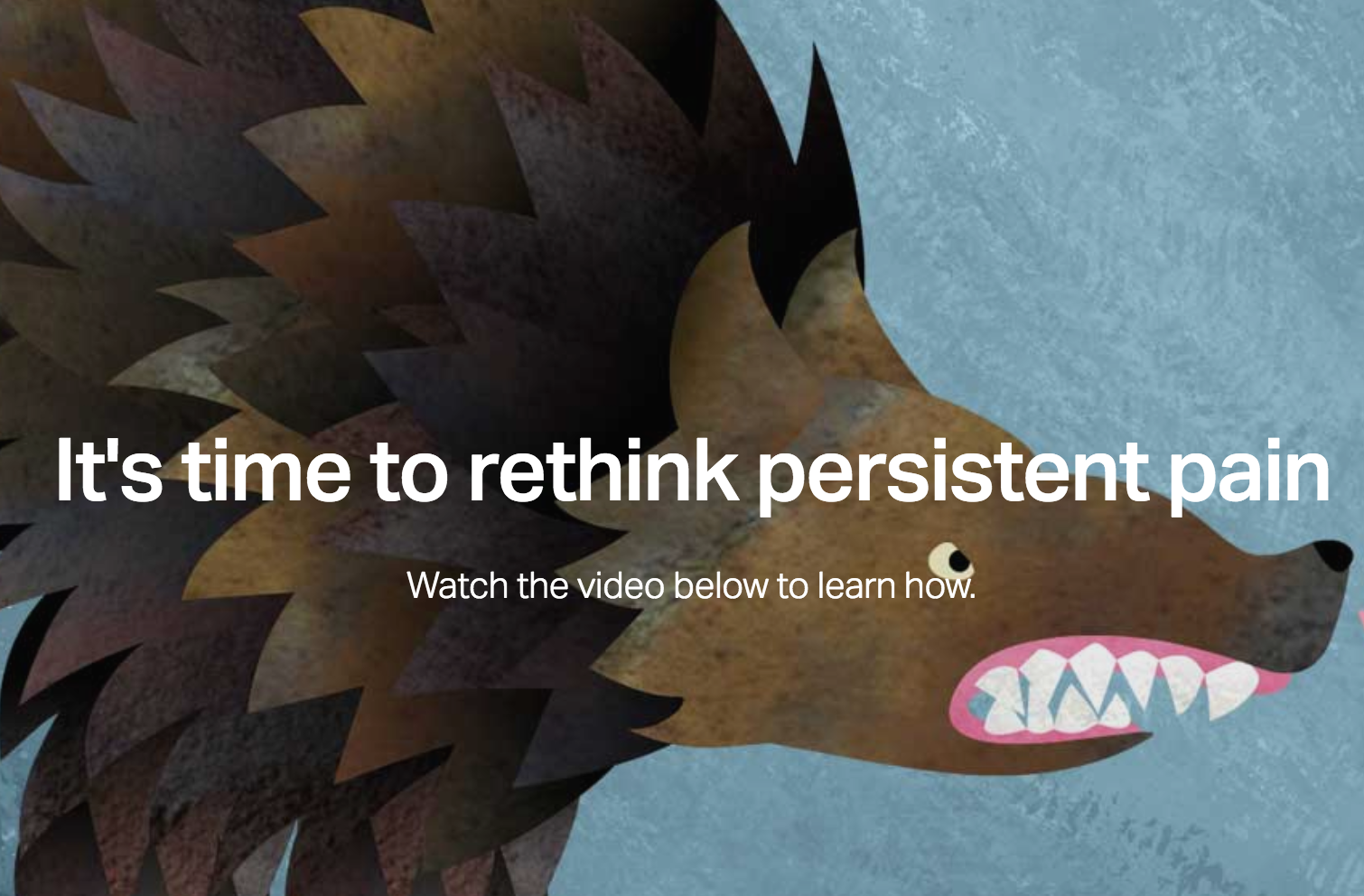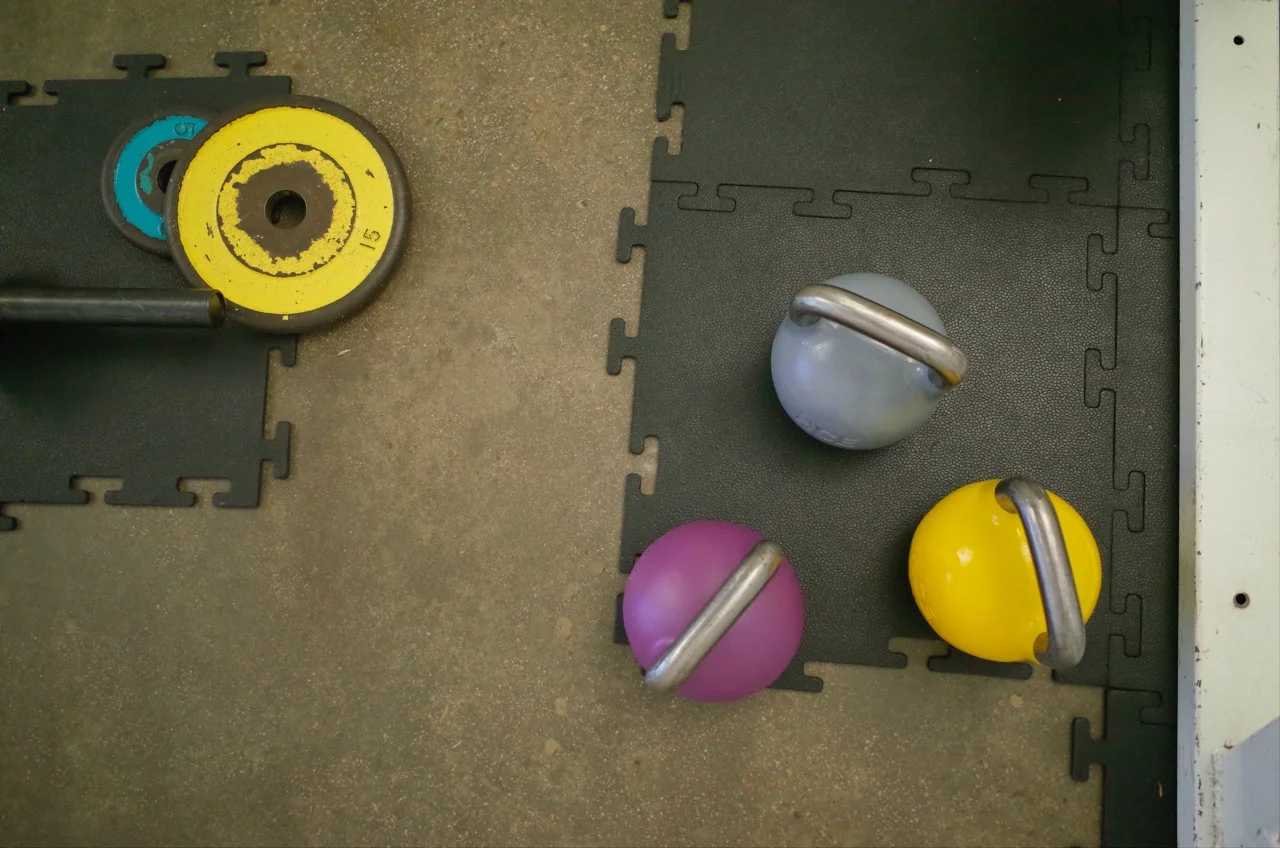Sick of ongoing appointments leading you no where?
Our team offer sensible and practical solutions to those tricky problems that won’t budge.
Listen to this podcast and learn how to tell if you have chronic pain.
Working with us means gaining access to a team at the cutting edge of pain research internationally.
Our team work with individuals, companies and in public health projects to improve outcomes of people with pain. Our education project Tame the Beast has gained international recognition and has been utilised by over one million people.
Make contact today and let us be the catalyst for your recovery.
What to expect
The right start
Foundations are important and to get off to the right start we spend 60 minutes together on day one. This gives plenty of time to understand you, assess and diagnose your problem, explain our findings in a way that makes sense and start immediate treatment.
An individual plan
At your initial appointment you will gain an understanding of:
- What is wrong
- How long it will take to get better
- Immediate actions to reduce pain and start improving
- A plan toward recovery that addresses your goals, including the expected number of appointments and costs.
Three steps for treatment
At Form Physiotherapy we have a three step process for treating long term pain:
- Establish safe to move
- Communicate safe to move
- Act on safe to move.
Pain is complex, but recovery can be simple
Our treatment model offers a clear direction and immediately actionable steps for people with long term pain. You will develop an individualised plan and become confidently in charge of your situation, gaining freedom from ongoing appointments. Get in touch with our team and return to the things that matter.
Up-to-date knowledge in practice
We keep things simple and allocate resources with maximum impact. Our approach embodies a positivity that comes from a deep clinical knowledge about the body. It is an honest approach that reflects the current evidence base around pain and tissue healing.
Specialists in movement and pain
Our space fits with our philosophy of designing new ways to do healthcare. Giving all of the resources required to generate the best outcome – time, equipment, attention, expertise, skills. You are welcome to see us for anything related to movement or pain. People that work with us become confidently in charge of their situation.
High quality pain education, goal-based action, and an innovative approach to restoring strength.
— Chronic pain treatment
— Pain management
— Pain education programs
— Recovery plans
What we offer
At Form Physiotherapy, we offer pain-science informed physiotherapy. This means that after establishing an accurate diagnosis we educate patients about what their diagnosis means, and then work together to improve capacity using relevant and effective movement. Our treatment develops strong self-management skills and positive health behaviours toward recovery. It is an active process where individuals are up skilled to achieve lasting recovery.
Find our more at www.tamethebeast.org!
Check out these resources at Tame the Beast!
A modern understanding of pain
The science of pain is clear: pain is not a good measure of tissue health. Instead, pain is an elaborate protective system. The system takes into account all sorts of information to determine whether your body needs protecting, and not just signals from the tissues. What you see, what you hear, and what you’ve experienced in the past can all affect your pain experience. In fact, the pain system is so effective at protection that it can make pain even without signals from the tissues!
If you have had long-term pain then it is easy to feel like your injury is not healing, or even getting worse. What’s more, pain generally makes exercise less appealing and encourages rest – neither of these which are helpful to recovering from pain.
Better pain treatment
Treatment is directed at re-training your pain system to be less protective. This means different things for different people, but generally involves learning about pain and increasing movement.
Learning about pain provides an explanation for why things have not improved, and generally gives confidence to move - even when it hurts. Exercise not only helps to make the tissues stronger, but can be a powerful trigger to the pain system, helping it to become less protective (e.g. think about how glaring it can be to walk outside after being inside a dark room. A similar thing happens to your pain system after you rest for a period after injury - small movements can feel big, and little bumps can hurt a lot).
Let's collaborate on this challenge, starting with a good education in pain itself - what does it mean, and what can you do about it. Then let's work toward meaningful goals and start achieving the things that matter.












